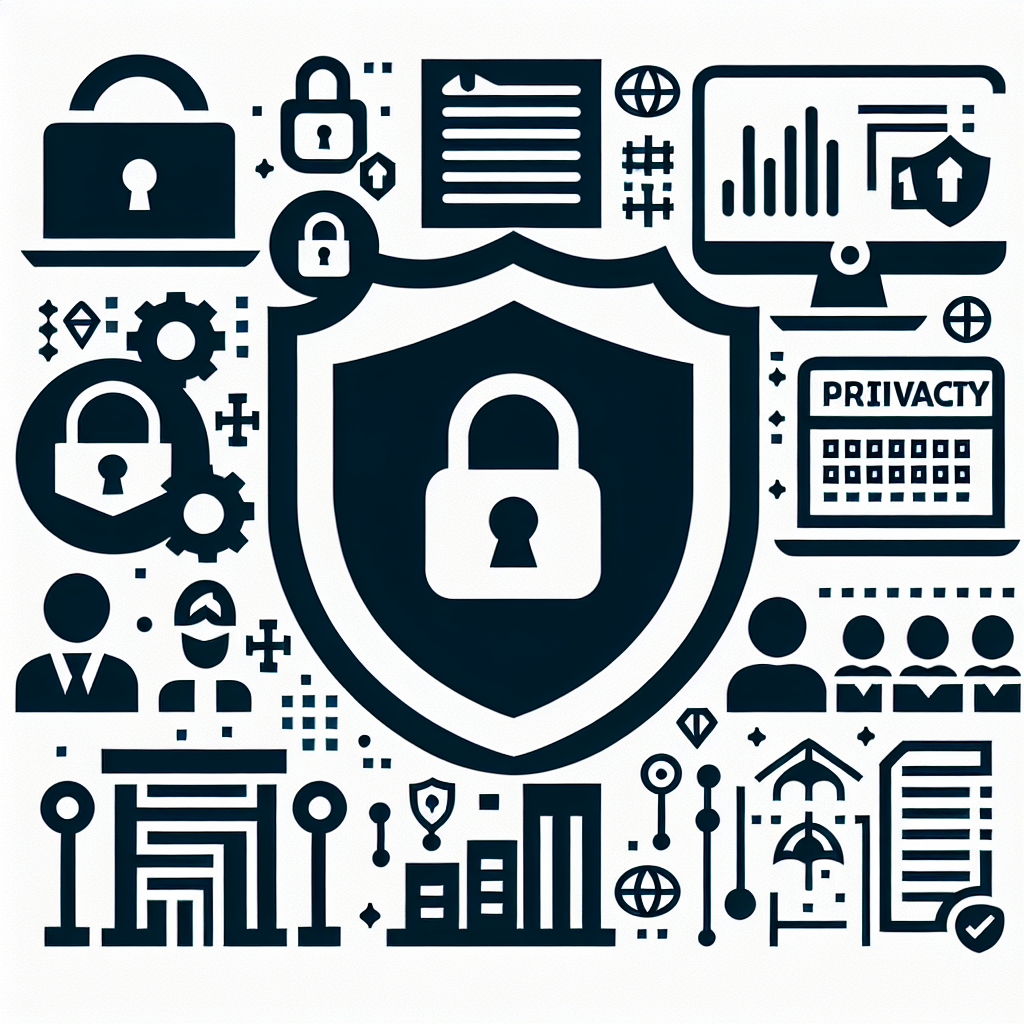
Data privacy is the practice of keeping personal and business information accessible only to authorized parties and used as intended. When IT teams keep data private, they reduce legal risk, protect customers, and stop attackers from misusing sensitive records.

Data privacy is about controlling who sees and uses personal or sensitive information. It covers consent, lawful handling, and limiting access so data isn’t exposed or repurposed without permission. For organizations, privacy means classifying data, enforcing access controls, and documenting how data flows across systems. From an IT perspective, privacy is both a policy and a technical responsibility. Good privacy reduces breach impact and helps with regulatory compliance.
Protecting privacy preserves customer trust and reduces legal and financial exposure. A single leak can cause identity theft, regulatory fines, and long-term reputation damage. Teams that treat privacy as a priority avoid costly incidents and maintain business continuity. Strong privacy practices also enable safer data sharing and analytics. In short, privacy is a business enabler, not just a checkbox.
Data privacy defines rules about how data should be handled; cybersecurity supplies the tools and processes that enforce those rules. Privacy answers who can access data and why; security answers how to prevent unauthorized access. Both are tightly linked—security failures often produce privacy incidents. Privacy needs legal and policy work, while security requires technical controls, monitoring, and incident response. Coordinating both disciplines delivers the best protection.
Common risks include phishing, weak access controls, over-collection of data, insecure third parties, and unpatched systems. Insider mistakes and misconfigured storage are frequent causes of data exposure. Each risk increases the chance of identity fraud, financial loss, or regulatory action. Risk assessments and threat modeling help identify the most urgent gaps. Remediation then focuses on access limits, encryption, and improved monitoring.
Major laws like GDPR and CCPA set rules for transparency, consent, and consumer rights. These regulations require organizations to document processing, honor deletion requests, and restrict data sales in some jurisdictions. Compliance reduces legal risk but doesn’t replace technical security controls. Depending on your industry and customers, other regulations may apply, so map laws to data flows. Treat legal requirements as constraints that shape your privacy architecture.
Effective controls include encryption in transit and at rest, access control and least-privilege, multi-factor authentication, logging, and data classification. Tokenization and anonymization reduce exposure for analytics and testing. Regular patching and vulnerability management prevent common exploits. Combining these controls with monitoring and alerting ensures faster detection of misuse. Adopt automation so controls scale with your environment.
Collect only the data that supports a defined business need and retain it only as long as necessary. Apply data minimization by default for new projects and review existing repositories for unused or stale records. Use clear data inventories and tagging to track what you hold and why. Where possible, store only aggregated or anonymized values. Minimizing collection lowers attack surface and simplifies compliance.
Encryption makes stored and transmitted data unreadable to unauthorized parties, lowering the impact of a compromise. Use strong, modern algorithms and manage keys with strict controls and rotation policies. Encrypt backups, databases, and API traffic as standard practice. Remember encryption is most effective when paired with access controls and monitoring. Proper key management is as important as the encryption itself.
Employees are the front line: good training, phishing simulations, and least-privilege access reduce human risk. Clear policies and fast reporting channels help staff escalate suspicious activity. Role-based access and onboarding/offboarding procedures prevent excess access. Make privacy part of performance metrics and security reviews. Empowered, informed employees make privacy controls practical and resilient.
First, contain the incident and stop ongoing exposure; then assess scope and impacted subjects. Notify regulators and affected individuals according to legal requirements, and begin remediation and recovery. Conduct a post-incident review to identify root causes and close gaps. Update policies, controls, and training based on findings. Transparent communication helps restore trust with customers and partners.
Vendors introduce shared risk—weak controls at a supplier can expose your data. Maintain an inventory of third parties, assess their security and privacy practices, and enforce controls through contracts and audits. Limit vendor access to only the data necessary and revoke permissions when services end. Continuous monitoring of vendor behavior reduces blind spots. Treat third-party risk as part of your threat model.
Apply anonymization, pseudonymization, and aggregation techniques to preserve utility while protecting identities. Implement strict access controls and logging for analytics environments. Use synthetic data or differential privacy when testing models with sensitive inputs. Document data provenance and why each field is needed for analysis. This approach keeps analytics viable without sacrificing privacy.
Start with a data inventory and access review to remove unnecessary exposure. Implement MFA and enforce least-privilege for high-risk systems. Encrypt sensitive repositories and add logging for critical data flows. Run phishing tests and brief users on reporting. These steps deliver fast risk reduction while you plan longer-term projects.
Encrypt sensitive data at rest and in transit as a default practice. Some low-risk, public data may not require encryption, but treat anything personally identifiable or regulated as confidential. Proper key management and access controls are essential to make encryption effective. Combined with backups and monitoring, encryption is a core privacy control.
Review vendor access at least quarterly or whenever a contract changes. Automate permission checks where possible and remove stale accounts promptly. Include security and privacy requirements in contracts and verify them through assessments. Frequent reviews reduce the chance of long-lived, unnecessary access.
Yes—poor anonymization can be reversible when combined with other data sets. Use strong anonymization techniques and monitor re-identification risks. Limit sharing of quasi-identifiers and prefer aggregation when possible. Re-evaluate anonymization methods periodically as data and threat landscapes evolve.
For checklists, templates, and privacy tools, visit Palisade's resource hub: data privacy resources. Use those materials to build inventories, breach plans, and technical controls that fit your environment.